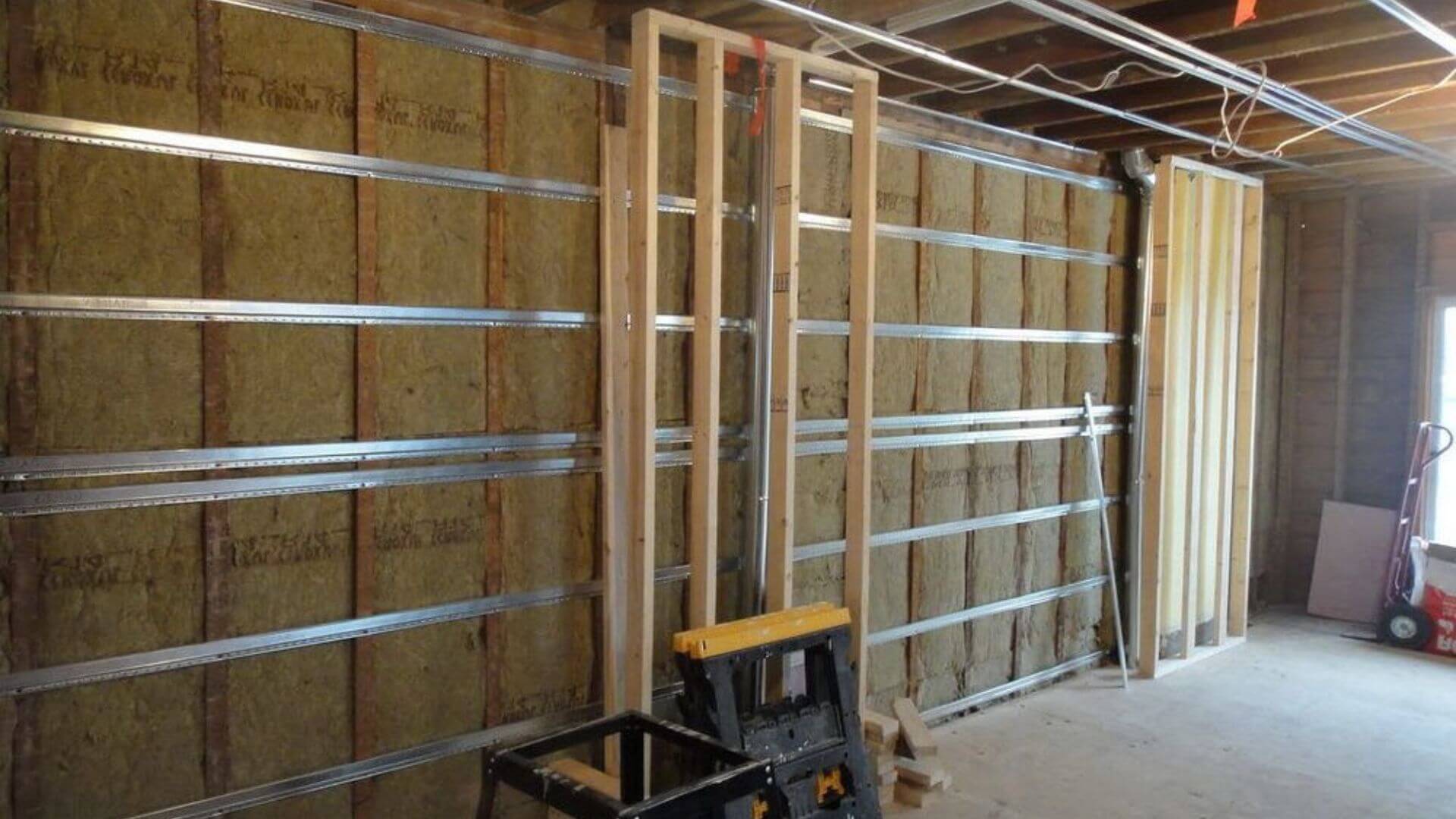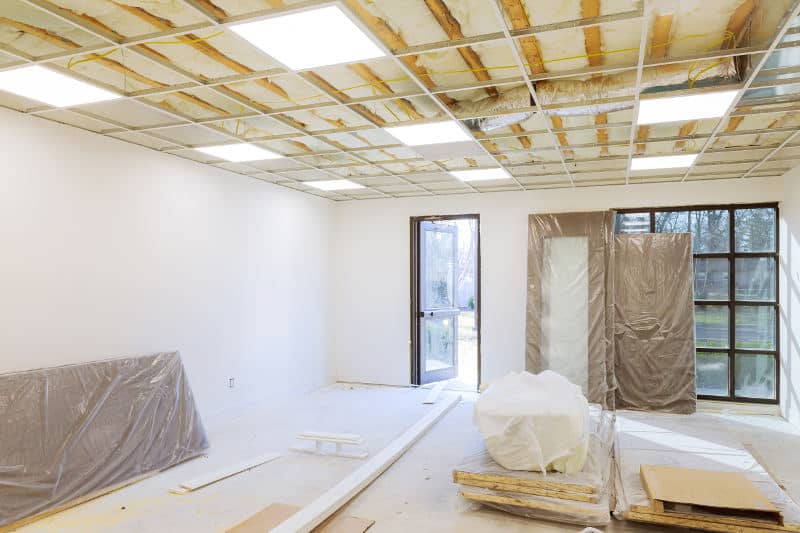How Do I Reduce Footstep Noise From Upstairs?
If you are wondering how to reduce noise from the upstairs floors, chances are the floors are thin or made from hardwood, so you can hear your upstairs neighbor walking around.
If this is the case, you shouldn’t worry as there are plenty of ways to go about it. These ways include:
Use resilient channels
Resilient channels are meant to lessen the vibrations, so you have a peaceful house.

Buy a couple of these channels from your local store or online, then attach them to the joists using drywall screws.
Before installing them, seal any holes that wires or plumbing might be getting through. One of the best ways to seal these holes is using an acoustic sealer such as green glue.
To make the channels more effective, install a sound bat that not only blocks the airborne noise, but also prevents the house from catching fire, as it’s fireproof.
It’s easy to install the sound bat as you only need to insert it between your joists and compress it.
After placing the channels and sound bat, you should install your drywall. When installing it, do it against the channels—not joists, as it will be beating the point of installing them in the first place.
To understand how to install the channels, watch this video:
Install a carpet
A carpet will absorb most of the sound waves coming into your house, ensuring that you have a quiet house.
Talk to your neighbor and ask them to install a carpet in their house. If they don’t have a carpet, buy them one.
Of course, you should buy a high-quality one that will withstand the abuse.
It will even be better if you can go to the stores to buy the rug with the homeowner so that you can buy one that matches their style and preferences.
Construct a drop ceiling to increase the density of your ceiling

As mentioned above, one of the primary reasons you can hear your neighbor’s footsteps is because your ceiling is too thin.
If you can’t do anything on the neighbor’s side, take matters into your hands and install a drop ceiling.
You can construct a drop ceiling from wood, drywall, and composite materials. There is no right or wrong material—it all depends on your preferences and budget.
You can install a ceiling with a plain design or construct one that adds a slight edge to your room.
A drop ceiling comes in panels that you suspend from the main ceiling and acts as a second layer that the sound waves hit before getting into your house.
The space between the two ceilings dampens the sound waves, so they are almost nonexistent when they reach you.
The cool thing with these ceilings is that besides providing you with decent insulation, they are also easy to install and energy-efficient.
To get the most from the ceiling, use green glue to help seal the additional layers of sound insulation by holding the composite or drywall ceiling in place and adding extra soundproofing.
If your apartment has low ceilings and you don’t have enough space to play around, you can install acoustic tiles. The tiles are made from materials such as polyester, wood, soundproof foam, and fiberglass.
Besides allowing you the freedom to install them in any pattern you please, they also allow you to conveniently access the wiring or plumbing as the wires and tubes easily pass through the areas between the two ceilings.
Although you don’t need a legal permit to install the tiles in your apartment, it’s always wise to get permission from your landlord so that you aren’t accused of malicious property damage and fail to get your deposit back.
Unless you are a dab hand at DIY projects, you should avoid trying to install the tiles by yourself—instead, hire an experienced professional to help you out.



